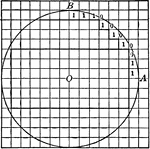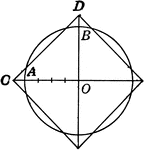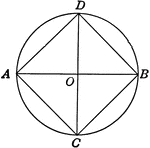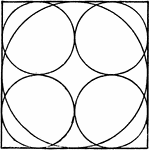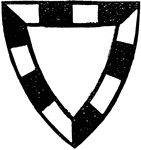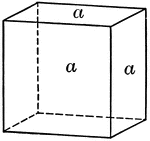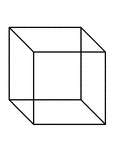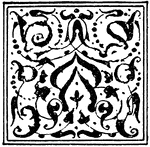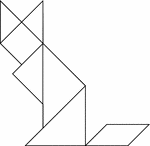
Cat
Tangrams, invented by the Chinese, are used to develop geometric thinking and spatial sense. Seven figures…
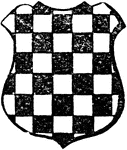
Checky
"Checky, sable and argent. CHECKY. The field covered with alternate squares of metal and fur." -Hall,…
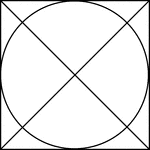
Square Circumscribed About A Circle
Illustration of a square, with diagonals drawn, circumscribed about a circle. This can also be described…
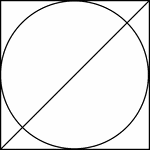
Square Circumscribed About A Circle
Illustration of a square, with 1 diagonals drawn, circumscribed about a circle. This can also be described…
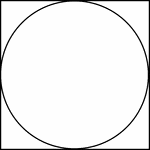
Square Circumscribed About A Circle
Illustration of a square circumscribed about a circle. This can also be described as a circle inscribed…
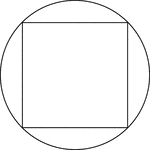
Square Inscribed In A Circle
Illustration of a square inscribed in a circle. This can also be described as a circle circumscribed…
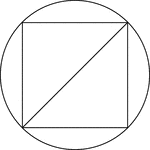
Square Inscribed In A Circle
Illustration of a square inscribed in a circle. This can also be described as a circle circumscribed…
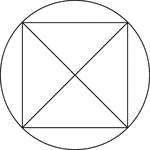
Square Inscribed In A Circle
Illustration of a square, with diagonals drawn, inscribed in a circle. This can also be described as…
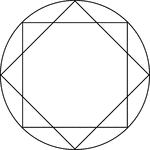
Star Inscribed In A Circle
Illustration of an 8-point star, created by two squares at 45° rotations, inscribed in a circle.…
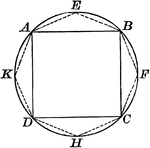
Circle With Polygon and Square Inscribed
Illustration of a circle with a polygon (octagon) and square inscribed.
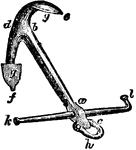
Common Anchor
"The shank is the straight part, ab; the square, ac, is that part of the shank to which the stock and…

The Place de la Concorde
A public square in Paris, France. It is the largest square in the French capital.

Construction of Dividing Lines
A line which is divided into equal parts, shown by construction and square.
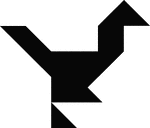
Cormorant
Tangrams, invented by the Chinese, are used to develop geometric thinking and spatial sense. Seven figures…
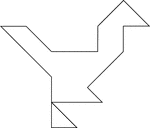
Cormorant
Tangrams, invented by the Chinese, are used to develop geometric thinking and spatial sense. Seven figures…

Cormorant
Tangrams, invented by the Chinese, are used to develop geometric thinking and spatial sense. Seven figures…
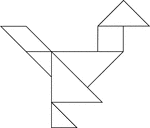
Cormorant
Tangrams, invented by the Chinese, are used to develop geometric thinking and spatial sense. Seven figures…
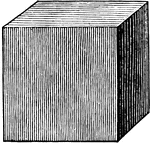
Cube
A regular body with six square faces; a rectangular parallelopiped, having all its edges equal.

28 Congruent Cubes Placed in the Shape of a Square
Illustration of 28 congruent cubes placed in the shape of a square. A 3-dimensional representation on…

36 Stacked Congruent Cubes
Illustration of 36 congruent cubes stacked at various heights with outer edges forming a square. A 3-dimensional…

56 Stacked Congruent Cubes
Illustration of 56 congruent cubes stacked in twos in the shape of a square. A 3-dimensional representation…

Cup
Tangrams, invented by the Chinese, are used to develop geometric thinking and spatial sense. Seven figures…

Cup
Tangrams, invented by the Chinese, are used to develop geometric thinking and spatial sense. Seven figures…

Cup
Tangrams, invented by the Chinese, are used to develop geometric thinking and spatial sense. Seven figures…

Cup
Tangrams, invented by the Chinese, are used to develop geometric thinking and spatial sense. Seven figures…
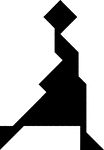
Dancer
Tangrams, invented by the Chinese, are used to develop geometric thinking and spatial sense. Seven figures…
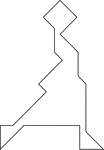
Dancer
Tangrams, invented by the Chinese, are used to develop geometric thinking and spatial sense. Seven figures…
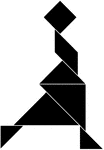
Dancer
Tangrams, invented by the Chinese, are used to develop geometric thinking and spatial sense. Seven figures…
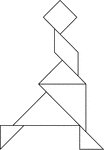
Dancer
Tangrams, invented by the Chinese, are used to develop geometric thinking and spatial sense. Seven figures…

Diver
Tangrams, invented by the Chinese, are used to develop geometric thinking and spatial sense. Seven figures…

Diver
Tangrams, invented by the Chinese, are used to develop geometric thinking and spatial sense. Seven figures…

Diver
Tangrams, invented by the Chinese, are used to develop geometric thinking and spatial sense. Seven figures…

Diver
Tangrams, invented by the Chinese, are used to develop geometric thinking and spatial sense. Seven figures…
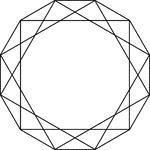
3 Square Inscribed In A Dodecagon
Illustration of 3 squares inscribed in an regular dodecagon. Each vertex of the dodecagon is also a…
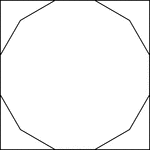
Square Circumscribed About A Dodecagon
Illustration of a square circumscribed about a regular dodecagon. This could also be described as a…
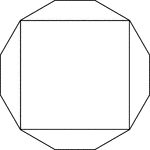
Square Inscribed In A Dodecagon
Illustration of a square inscribed in an regular dodecagon. This could also be described as a regular…

Squares Inscribed and Circumscribed About a Regular Dodecagon
Illustration of 2 squares; one inscribed in a regular dodecagon and the other circumscribed about the…

Dog
Tangrams, invented by the Chinese, are used to develop geometric thinking and spatial sense. Seven figures…
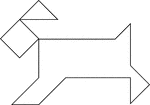
Dog
Tangrams, invented by the Chinese, are used to develop geometric thinking and spatial sense. Seven figures…
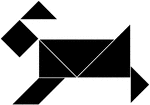
Dog
Tangrams, invented by the Chinese, are used to develop geometric thinking and spatial sense. Seven figures…
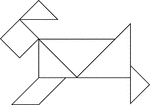
Dog
Tangrams, invented by the Chinese, are used to develop geometric thinking and spatial sense. Seven figures…

Dolphin
Tangrams, invented by the Chinese, are used to develop geometric thinking and spatial sense. Seven figures…

Dolphin
Tangrams, invented by the Chinese, are used to develop geometric thinking and spatial sense. Seven figures…

Dolphin
Tangrams, invented by the Chinese, are used to develop geometric thinking and spatial sense. Seven figures…

Dolphin
Tangrams, invented by the Chinese, are used to develop geometric thinking and spatial sense. Seven figures…
Double Arch
Tangrams, invented by the Chinese, are used to develop geometric thinking and spatial sense. Seven figures…
Double Arch
Tangrams, invented by the Chinese, are used to develop geometric thinking and spatial sense. Seven figures…
Double Arch
Tangrams, invented by the Chinese, are used to develop geometric thinking and spatial sense. Seven figures…
Double Arch
Tangrams, invented by the Chinese, are used to develop geometric thinking and spatial sense. Seven figures…

Double Arrow
Tangrams, invented by the Chinese, are used to develop geometric thinking and spatial sense. Seven figures…

Double Arrow
Tangrams, invented by the Chinese, are used to develop geometric thinking and spatial sense. Seven figures…

Double Arrow
Tangrams, invented by the Chinese, are used to develop geometric thinking and spatial sense. Seven figures…
